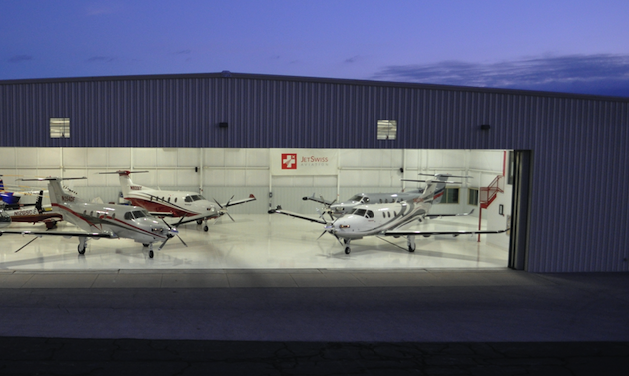The links below are from the National Business Aviation Association breaks down different types of owner structures that are most common. At JetSwiss, we have experience with multiple types of ownership structures.
There are a variety of ways companies can own and operate their aircraft, and NBAA continues to provide to members the information that will help them ascend to a higher level of productivity and growth.
Advantages of aircraft ownership include flexibility and control over all factors relating to transportation, including safety, security, comfort, timeliness and cost of business travel. This control can be maintained by a company flight department or a management company. Other advantages include tax benefits, such as depreciation.
- Full Ownership and Co-ownership – Full ownership allows an individual or entity to own 100-percent of an aircraft. Co-ownership allows multiple companies to share in ownership of an aircraft.
- Joint Ownership – Joint ownership is defined in 14 CFR §91.501(c)(1) of the Federal Aviation Regulations (FARs) as an arrangement whereby one of the registered joint owners of an airplane employs and furnishes the flight crew for that airplane and each of the registered joint owners pays a share of the charge specified in the agreement.
- Fractional Ownership – Fractional Aircraft Ownership, a share is contractually-defined and allows an undivided interest of a single aircraft to be sold to multiple owners on the basis of 800 occupied hours per year and sold in fractions as small as one sixteenth.
- Aircraft Charter – The charter option creates the opportunity to choose which aircraft, what airport and when to depart and arrive, and adjusting these times as needed.
- Interchange Agreements – An interchange agreement is defined in 14 CFR 91.501 (c)(2) of the Federal Aviation Regulations (FARs) as an arrangement whereby a person leases his airplane to another person in exchange for equal time, when needed, on the other person’s airplane, and no charge, assessment, or fee is made, except that a charge may be made not to exceed the difference between the cost of owning, operating, and maintaining the two airplanes.
- Aircraft Leasing – Leasing an aircraft can be an alternative to outright purchase for a variety of reasons ranging from practicality to cash flow.
- Time Sharing Agreements – Time sharing is defined in 14 CFR §91.501(c)(1) of the Federal Aviation Regulations (FARs) as an arrangement whereby a person leases his airplane with flight crew to another person, and no charge is made for the flights conducted under that arrangement other than those specified in paragraph (d) of this section.
- Reimbursement for Owner Pilots – Pilots may be able to receive reimbursement for business flights, but certain opportunities for using your light business airplane for work will involve limitations that you will need to comply with in order to avoid violating the Federal Aviation Regulations (FARs) and other FAA guidance.
- NBAA Small Aircraft Exemption – NBAA’s Small Aircraft Exemption allows operators of piston airplanes, small airplanes, and all helicopters to utilize the limited options for cost reimbursement permitted under Part 91, Subpart F of the Federal Aviation Regulations (FARs). This exemption has been approved by the FAA and is only available to NBAA members.
- Operational Control – The FAA has taken an increasing interest in operational control issues in recent years and the trend is likely to continue. The NBAA Operational Control Handbook summarizes government rules, regulations and policies applicable to the operational control of aircraft
Source: https://nbaa.org/flight-department-administration/aircraft-operating-ownership-options/

